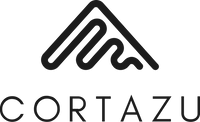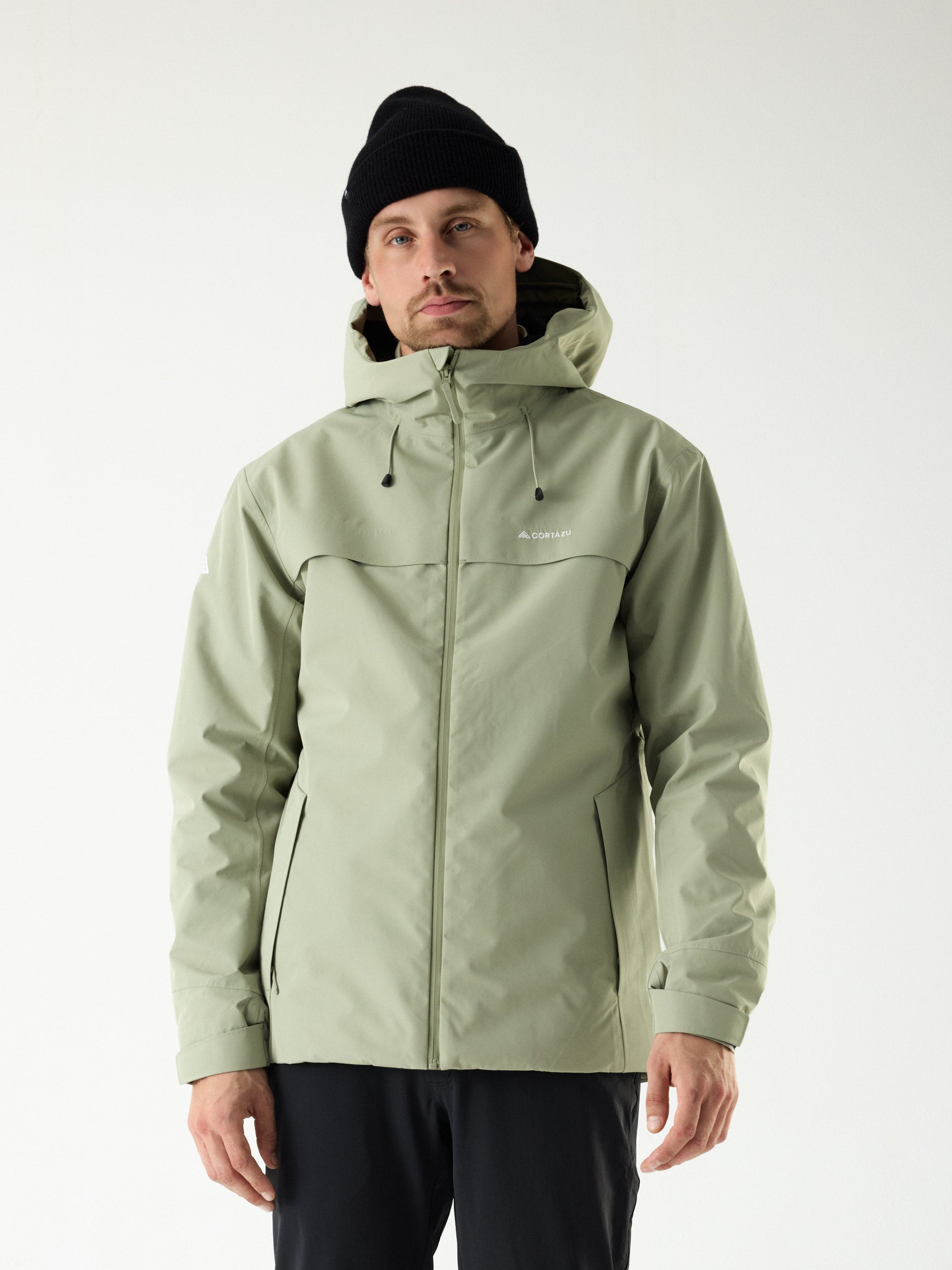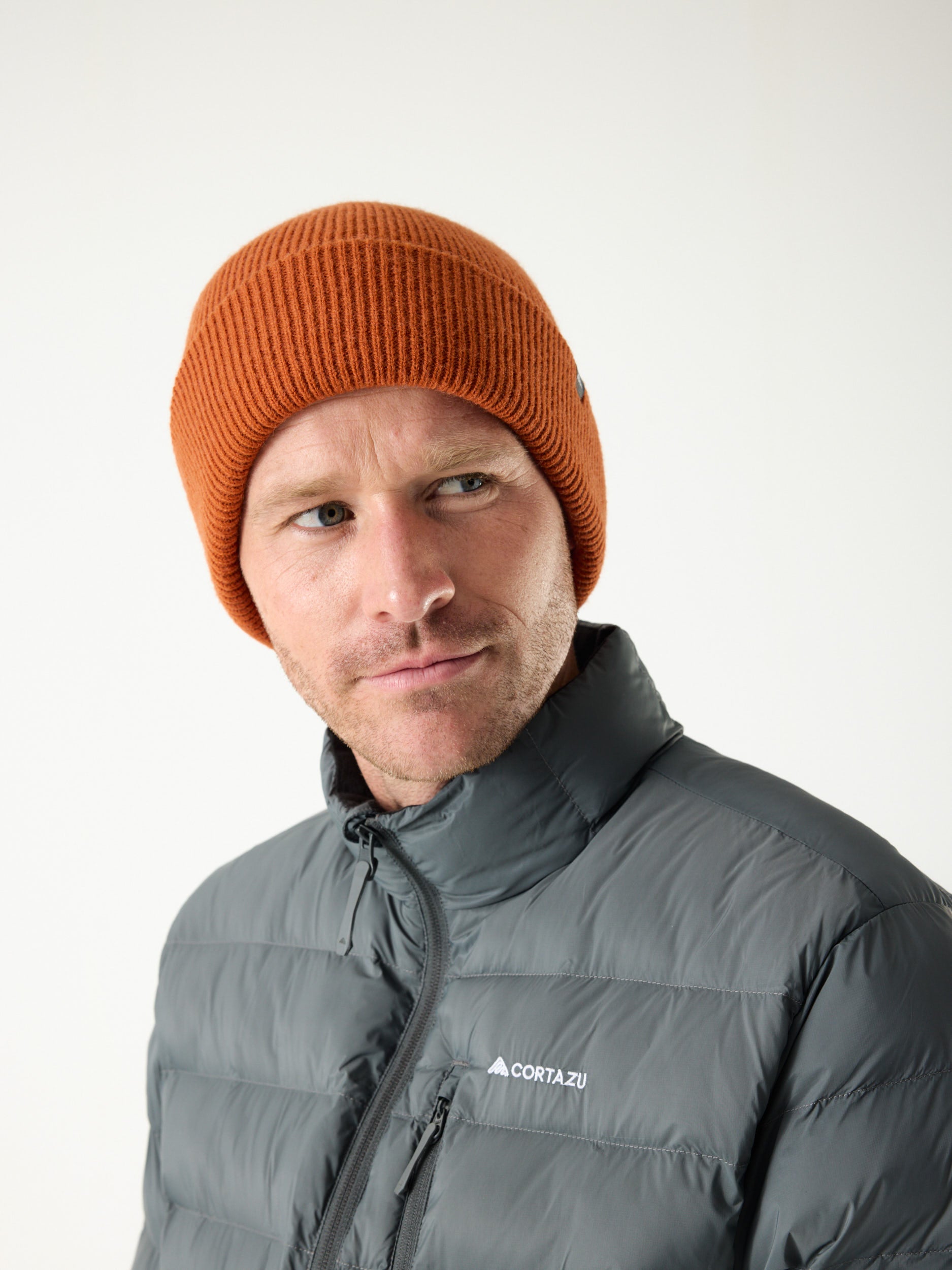Going on a snowboarding trip for the first time? Read this checklist and see what clothes to pack, equipment you'll need, and what else you should bring.
This checklist ensures you have all the necessary items for snowboarding. It should also be noted that, although many of these items can be rented at the resort, most items of clothing should be purchased on your own prior to your trip.

Clothing to wear
When it comes to snowboarding clothing, it's important to start with a good base layer, followed by a mid-layer and an outer shell jacket. Follow along as we show you how to choose the best clothing for staying warm and comfortable on the mountain.
Thermal underwear
Its purpose is to remove moisture that is formed during physical activity while retaining the heat of one's own body. Thermal underwear should fit snugly to the body, but not pinch or hinder movement.
Thermal socks
The principle is the same as that of thermal underwear - to let sweat escape from your body. For example, if you ride in ordinary socks at -20 there is a chance that your feet will freeze due to the socks that will accumulate moisture.
Mid-layer
The mid layer's primary job is to provide warmth while also moving moisture away. Some common types of mid-layers are fleece jackets, woolen sweaters, down jackets, and jackets with synthetic insulation.
Your body heat is trapped between the fabric's fibres to keep you warm while it's cold outside. Because the mid-layer is essential for insulation, you'll shift it out according to the weather - a thinner layer in warmer weather, a thicker layer as the temperature drops.

Outer shell jacket and pants
A protective layer consisting of a jacket and pants with a membrane is the final component of your outfit. This layer completes the preceding two layers' missions by entirely eliminating moisture from the exterior and preventing external moisture from entering inside.
The membrane's quality is determined by two characteristics: 1 - how much moisture it can remove; 2 - how much water pressure from the outside it can withstand. Membrane fabric manufacturers state that the greater the number of both indicators, the better (a 20000/20000 membrane, for example, is considered good). Cortazu offers both shell jackets for men and shell jackets for women that serve this purpose.
Mittens, gloves
Gloves or mittens? With gloves, it will be easier to grab everything and everything. The mittens option will be warmer.
Some optional clothing might include the following:
- Additional layer for extra warmth
- Head protection from the wind - Buff or balaclava
Riding in the mountains, you will inevitably face the wind, the blizzard. A balaclava or buff will help protect you from them.
- Extra pair of mittens/gloves
On a trip to the mountains, take at least two sets! Gloves get wet, lost, forgotten or blown away by the wind in the mountains.
Equipment you’ll need
Naturally, you must ensure that you have all of the necessary snowboarding equipment. Items such as the board, boots and bindings can also be rented at the resort if you don't want to buy it.
Snowboard
The edges of a beginner board should be softer and less aggressively sharpened. If you make a mistake, these boards are more forgiving, and they don't require as much energy to turn and manoeuvre as an advanced board.
Bindings
How your edges connect with the snow is mostly determined by the rigidity of the binding from front to back. The amount of twisting flex in your bindings affects how your board bends and responds to your movements.
Snowboard boots
There are several factors that go into making the right decision on which snowboard boots to buy. But, stiffness is the most important. The soft ones make for a comfortable ride, while the stiff boots provide more control on hard snow or at speed.
Mask, sunglasses
A mask should have good visibility, be well ventilated and ideally have two filters. The first filter for fog and snowstorms - to protect your eyes in bad weather. The second filter for the sun - to not burn your eyes. You can also take mountain sunglasses to protect your eyes from UV rays.

Backpack
In the mountains, you may need a lot of things: a camera, sandwiches, spare mittens, etc. A trekking backpack is also a good option. It is better to leave a backpack with things in a storage room on a mountain than to ride with it. If you are a fan of riding with a backpack, then it should be fixed like a glove, and have back protection in its design.
Some other optional equipment include the following:
- Case
The edges of the snowboard are protected from impacts by wearing a protector on them, This will increase the chance to see the equipment intact.
- Action camera, monopod, walkie-talkie
Specifically, a walkie-talkie is a useful thing when riding in a company and it is needed to improve safety in the mountains.
Other items you shouldn’t forget
Wearing some protection, especially if you're just starting out and learning to snowboard, is a good idea. To keep your head, knees, and back safe, make sure you have the following protective gear.
Helmet
No matter what type of riding you do or how long you’ve done it, a helmet is mandatory on the slopes.
Knee pads
You can use hard snowboard knee pads or soft ones. Wear them over the thermal underwear. Knee pad functions are the following: mechanical protection which prevents the knee joint from getting cold and getting bursitis (the rider often leans on his knees in the snow).
Back protection
If you are going to ride in the mountains where there are a lot of people on the slopes, or you are going to a “hard” freeride where it is not uncommon to meet stones, trees, if you are a fan of jibing, think about protecting your back and spine for future adventures.













